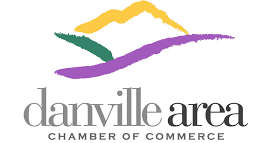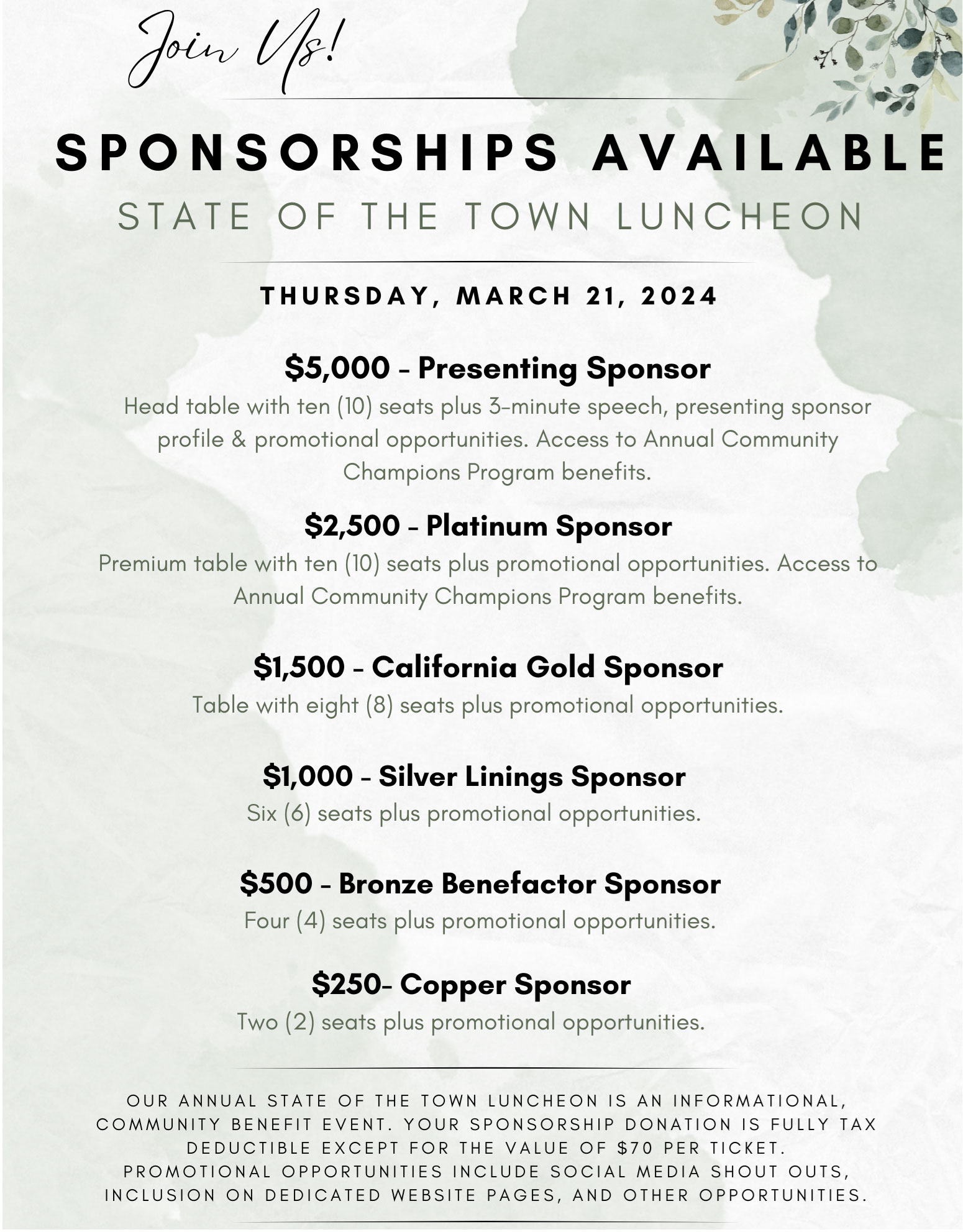This article originally produced and appeared on Danville San Ramon Express
Town officials cite jobs-housing imbalance, development constraints among reasons for appeal
After being alerted that it may be mandated to allow as many as 2,241 new homes within their borders through the upcoming sixth Regional Housing Needs Assessment (RHNA) cycle, the town of Danville has taken the stance that these figures may be unfeasible and officials have submitted an appeal seeking to lower these numbers.
The appeal states that the current drafted RHNA numbers are much too high and do not adequately take into account the unique issues — including a jobs-housing imbalance and development constraints — that limit the town’s ability to expand. Through the appeal, town officials have a counter-proposal that Danville’s number of mandated housing in this cycle be within the 600-800 range.
“We must appeal,” vice mayor Newell Arnerich said during the Town Council’s July 6 meeting. “It is critical that we do it on several levels, one because, on behalf of our public, the 39 years of history we have developed in our planning process to create Danville and what it looks like today. We also have the opportunity to note how successful Danville has been in terms of the RHNA number process.”
“We have been dealt a set of cards that makes no sense from an environmental point of view. They are the exact opposite of everything from jobs to housing balance,” he added.
Launched in an effort to tackle the state’s housing needs, the sixth RHNA cycle sets the number of how many homes jurisdictions throughout California will be mandated to approve between 2023-2031.
In May 2021, the Association of Bay Area Governments (ABAG) Executive Board approved a draft allocation of 2,241 units for Danville’s RHNA cycle. However, the current draft allocation is subject to an appeal process through the fall of 2021, with the final numbers expected to be adopted near the end of this year.
Of the 2,241 homes currently allocated to Danville through RHNA, 652 have been reserved for very-low-income residents (people who make less than 50% of the median area income), 376 for low-income residents (those who make 50% to 80% of the median area income), 338 for moderate-income and 875 for above-moderate-income residents, according to town staff.
After receiving a unanimous vote from the town council to opt into the appeal process, on July 9 Town Manager Joseph A. Calabrigo sent a letter of appeal to the ABAG and Metropolitan Transportation Commission seeking to reduce Danville’s numbers, citing incorrect growth assumptions, a jobs-housing imbalance and development constraints that were not adequately taken into account, among other issues.
Citing a jobs-housing imbalance that would be aggravated by the current drafted RHNA figures, town staff said that the town’s jobs-to-housing ratio has decreased from 0.82 in 2002 to 0.81 jobs per household in 2018, far below a ‘healthy’ ratio of 1.5 jobs per housing unit advocated by the Building Industry Association.
After being alerted that it may be mandated to allow as many as 2,241 new homes within their borders through the upcoming sixth Regional Housing Needs Assessment (RHNA) cycle, the town of Danville has taken the stance that these figures may be unfeasible and officials have submitted an appeal seeking to lower these numbers.
The appeal states that the current drafted RHNA numbers are much too high and do not adequately take into account the unique issues — including a jobs-housing imbalance and development constraints — that limit the town’s ability to expand. Through the appeal, town officials have a counter-proposal that Danville’s number of mandated housing in this cycle be within the 600-800 range.
“We must appeal,” vice mayor Newell Arnerich said during the Town Council’s July 6 meeting. “It is critical that we do it on several levels, one because, on behalf of our public, the 39 years of history we have developed in our planning process to create Danville and what it looks like today. We also have the opportunity to note how successful Danville has been in terms of the RHNA number process.”
“We have been dealt a set of cards that makes no sense from an environmental point of view. They are the exact opposite of everything from jobs to housing balance,” he added.
Launched in an effort to tackle the state’s housing needs, the sixth RHNA cycle sets the number of how many homes jurisdictions throughout California will be mandated to approve between 2023-2031.
In May 2021, the Association of Bay Area Governments (ABAG) Executive Board approved a draft allocation of 2,241 units for Danville’s RHNA cycle. However, the current draft allocation is subject to an appeal process through the fall of 2021, with the final numbers expected to be adopted near the end of this year.
Of the 2,241 homes currently allocated to Danville through RHNA, 652 have been reserved for very-low-income residents (people who make less than 50% of the median area income), 376 for low-income residents (those who make 50% to 80% of the median area income), 338 for moderate-income and 875 for above-moderate-income residents, according to town staff.
After receiving a unanimous vote from the town council to opt into the appeal process, on July 9 Town Manager Joseph A. Calabrigo sent a letter of appeal to the ABAG and Metropolitan Transportation Commission seeking to reduce Danville’s numbers, citing incorrect growth assumptions, a jobs-housing imbalance and development constraints that were not adequately taken into account, among other issues.
Citing a jobs-housing imbalance that would be aggravated by the current drafted RHNA figures, town staff said that the town’s jobs-to-housing ratio has decreased from 0.82 in 2002 to 0.81 jobs per household in 2018, far below a ‘healthy’ ratio of 1.5 jobs per housing unit advocated by the Building Industry Association.
“This is not about ‘Danville, it’s not in my backyard. I don’t want to build homes.’ This is about we are built out to the extent that there’s no way 2,241 homes would be a number that is even feasible.”
-Renee Morgan, Danville Mayor
“Accommodating the proposed RHNA of 2,241 housing units for Danville would grievously exacerbate this jobs-to-housing imbalance by adding more housing to a housing-rich community,” town staff said in their appeal.
“Furthermore, it would likely require the conversion of existing limited commercial and office property for housing development, thereby continuously (worsening) the perpetual imbalance.”
The appeal also lists geographical constraints that limit the town’s ability to expand, with limiting factors including the Las Trampas Ridgeline on the west, Mt. Diablo State Park to the northeast “as well as major and minor ridgelines that run east-west through the community.”
These constraints limit developable land areas, which, the appeal states, are further constrained to the valley floor as a result of protecting farmland, grazing lands, conservations lands and other critical habitats.
Staff also said proposed numbers are based on incorrect assumptions around growth and that RHNA figures were made without accurate information on how the town’s population will grow over the eight-year period.
Further, while they are not established as legal basis for appeal, town staff maintain that other critical factors have not been adequately taken into account, such as the long-term trend of slowing population growth throughout California, effects of the pandemic as it relates to hybrid work and its impact on driving patterns, and external factors such as the economy, construction labor costs and land prices for the development of new homes.
“We have gone through this process before and the allocations at that point in time were significant for Danville, but not to this magnitude. These numbers seem off. They are not adequate in the sense that we don’t have the area to build,” said Mayor Renee Morgan.
“This is not about ‘Danville, it’s not in my backyard. I don’t want to build homes,'” Morgan continued. “This is about we are built out to the extent that there’s no way 2,241 homes would be a number that is even feasible.”
In some cases communities will have a say in where RHNA homes can be located, but may face significant consequences if they do not reach the total allocated number within the eight-year period.
The consequences for non-compliance are high, according to assistant city manager Tai Williams, who said that should the council not comply with RHNA numbers, the town would have its access to state funds limited, suffer court imposed fines of up to $600,000 a month and still face court-mandated compliance through a forfeiture of local autonomy.
Community members can learn more about the RHNA process and how it is expected to affect development in Danville online at www.abag.ca.gov



